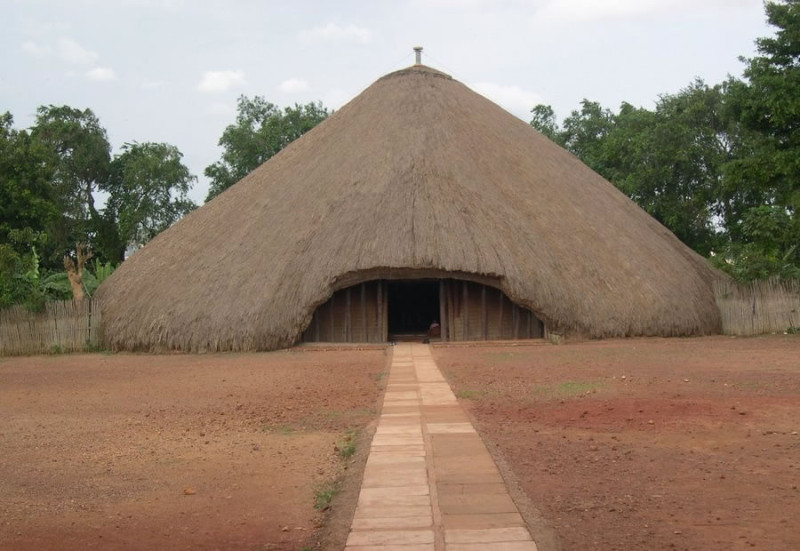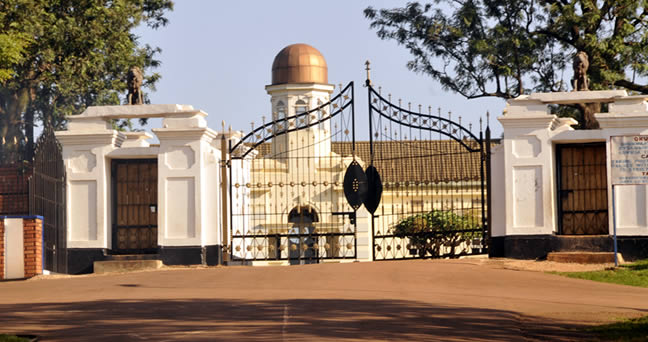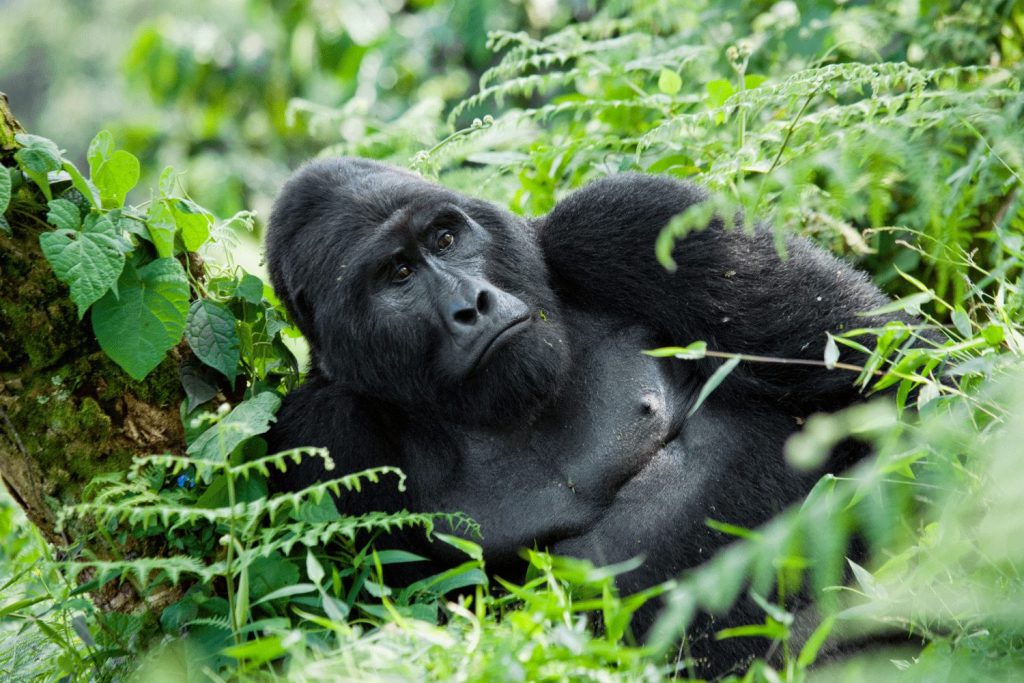Cultural Diversity of Uganda – The People
Uganda is divided into different regions separated by the River Nile and Lake Kyoga leaving the Nilotic and South Sudanic tribal groups in the North and the Bantu tribal communities in the South. Though in the recent years, people have intermarried as well as migrated from their ancestral regions and settled in other parts of the country. Uganda’s cultural diversity has over 50 tribal communities which originate from different ethnic groups based or living in different regions and kingdoms making Uganda one of the few countries where a Republic coexists with kingdoms.

Central region is occupied by the Baganda who are the largest Bantu ethnic group of Buganda kingdom living in the districts of Masaka, Rakai, Wakiso, Mukono, Sembabule, Mubende, Kayunga, Nakasongola, Lyantode, Luweero, Mpigi, Mityana and Kampala which is the main town as well as the capital city of Uganda. The Baganda have a king known as the Kabaka as their kingdom leader who lives in the Olubiri (palace) whereby the official palace and the kingdom administrative building (Bulange) that houses the Lukiiko (parliament) and several kingdom offices are located in Mengo. Buganda has a very rich cultural history that ranges from their traditional food like luwombo, dances, cultural wear different traditions, norms and customs. The kingdom also has different royal burial grounds the most prominent ones being the Kasubi tombs. The current king is Ssebasajja Kabaka Ronald Muwenda Mutebi II.
Western Uganda is occupied by the Banyankole of Ankole kingdom with Mbarara district as the main, Batooro from Tooro kingdom are ruled by the king known as the Omukama, the current king being Rukirabasaija Oyo Nyimba Kabamba Iguru and their main hub is the beautiful Fort Portal town of Kabarole district; Banyoro of Bunyoro Kitara kingdom with Hoima district as their capital as well as the Rwenzururu kingdom occupied by the Bakonjo and Bamba of the Rwenzori mountiains have Kasese as the major town. The other tribes in western Uganda include the Bakiga from Kigezi highlands, Banyaruguru, Bafumbira, Batwa, Batagwenda, Babwisi, Basongora, Banyabindi, Basongora and Batuku.
Eastern Uganda is comprised of the Basoga from Busoga kingdom with Jinja as their main town, Bagisu living on the slopes of Mount Elgon and famous of the Imbalu with Mbale as the capital, Bagwere, Bagwe, Bakenye and Banyuli.
Northern Uganda is inhabited by the western Nilotic language speakers who include the Acholi, Alur, Langi, Lugbara, Madi, Kakwa where as well as the Karamojong, Pokot, Jonam, Tepeth, Sebei, Kumam, IK or Teuso, Iteso and other minority tribes constitute of the Eastern Nilotic language speakers living in North Eastern Uganda.
The other tribes living in Uganda are the Banyarwanda (Rwandese) who came to Uganda as refugees after the 1994 Genocide, Asians, a few Europeans and other African refugees.
A cultural diversity tour to Uganda will give you a once in a lifetime experience of Ugandan traditional dances, food and dresses which you will get through visiting the local communities, kingdom palaces, cultural sites, museums, festivals and other amazing destinations all over the country as they are surrounded or inhabited by different people of different tribes. Visit our website to learn more about the cultures of Uganda.


